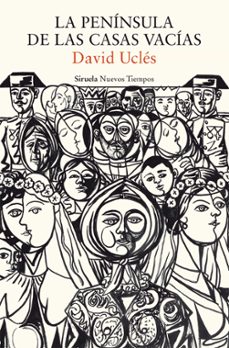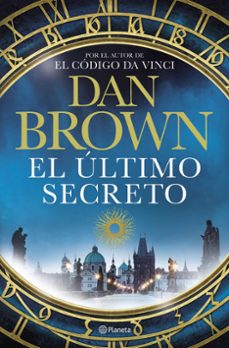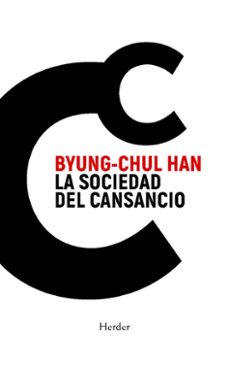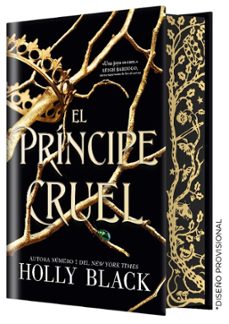📗 Libro en inglés SONGS OF INNOCENCE AND OF EXPERIENCE
TATE GALLERY PUBLICATIONS- 9781854377296
Sinopsis de SONGS OF INNOCENCE AND OF EXPERIENCE
A unique edition of this rare and wonderful book reproducing William Blake''s own illumination and lettering from the finest existing example of the original work. This beautiful pocket-sized book, is seeming simplicity belying its visionary wisdom. Internationally recognised as a masterpiece of English literature, it also occupies a key position in the history of western art. This unique edition of the work allows Blake to communicate with his readers as he intended, reproducing Blake''s own illumination and lettering from the finest existing example of the original work. In this way readers can experience the mystery and beauty of Blake''s poetry as he first created it, discovering for themselves the intricate web of symbol and meaning that connects word and image.
Each poem is accompanied by a literal transcription, and the volume is introduced by the renowned historian and critic, Richard Holmes.
This beautiful edition of The Songs of Innocence and Experience will be essential for those familiar with Blake''s work, but also offers an ideal way into his visionary world for those encountering Blake for the first time.
Published in association with The Blake Trust.
Ficha técnica
Editorial: Tate Gallery Publications
ISBN: 9781854377296
Idioma: Inglés
Número de páginas: 54
Tiempo de lectura:
1h 1m
Encuadernación: Tapa dura
Fecha de lanzamiento: 01/10/2006
Año de edición: 2006
Alto: 16.2 cm
Ancho: 13.0 cm
Especificaciones del producto
Escrito por William Blake

Nació el 28 de noviembre de 1757 en Londres. Se matriculó en una escuela de grabado y con 14 años, trabaja como aprendiz del grabador James Basire. Posteriormente estudió en la Royal Academy. En 1784 abrió una imprenta y aunque fracasó, al cabo de unos años, continuó ganándose la vida como grabador e ilustrador. Se inició en la escritura con tan sólo 12 años. Considerado prerromántico, su obra gráfica desafiaba las convenciones artísticas del siglo XVIII. Resulta evidente la influencia de Miguel Ángel en algunas de sus figuras. En 1800 se trasladó a la ciudad costera de Felpham, donde vivió y trabajó bajo el patrocinio de William Hayley. Falleció en Londres el 12 de agosto de 1827.
Descubre más sobre William Blake Recibe novedades de William Blake directamente en tu email
Opiniones sobre SONGS OF INNOCENCE AND OF EXPERIENCE
¡Sólo por opinar entras en el sorteo mensual de tres tarjetas regalo valoradas en 20€*!



![harry potter y el cáliz de fuego (harry potter [ediciones ilustra das interactivas] 4)-j.k. rowling-9788419868497](https://imagessl7.casadellibro.com/a/l/s5/97/9788419868497.webp)































